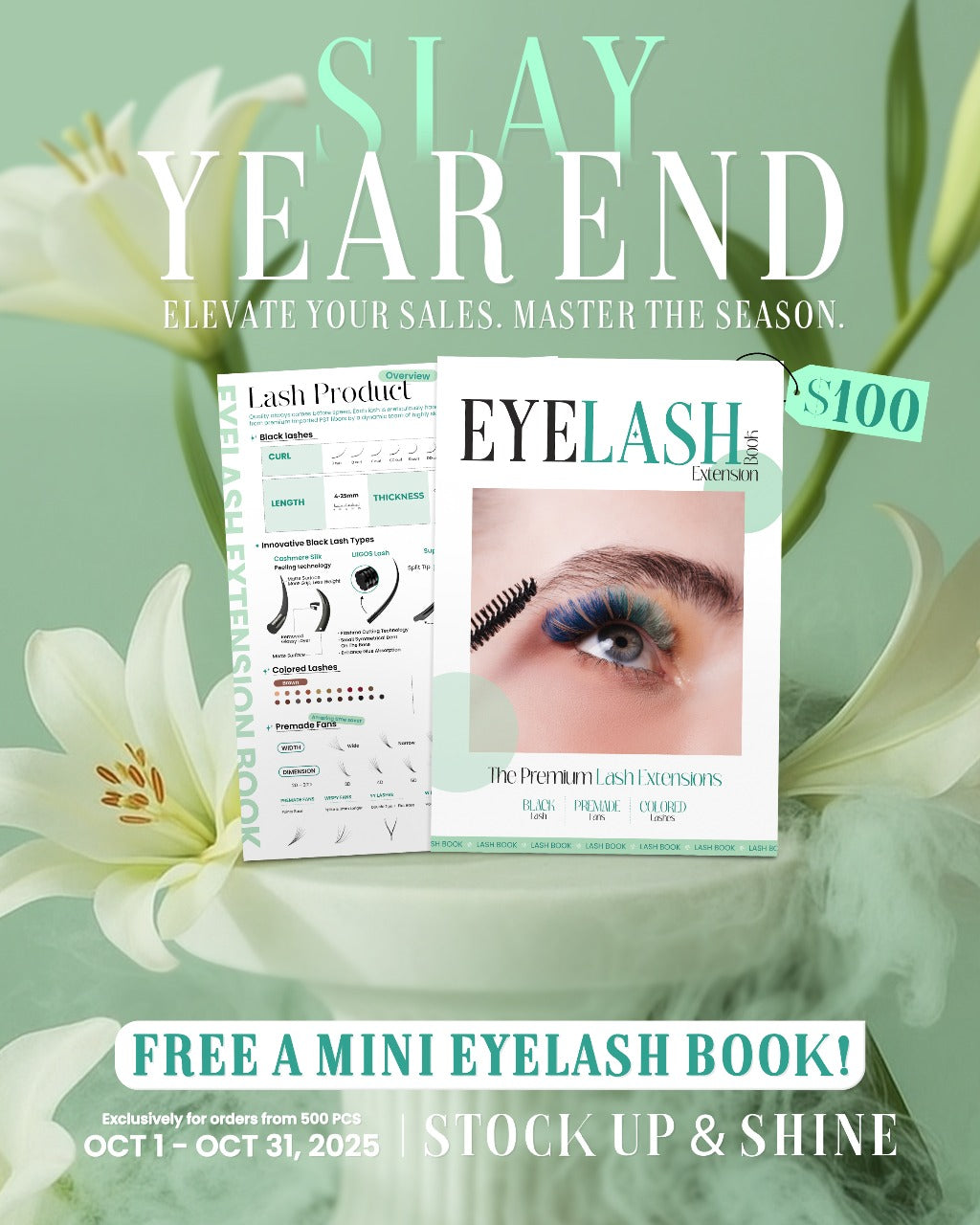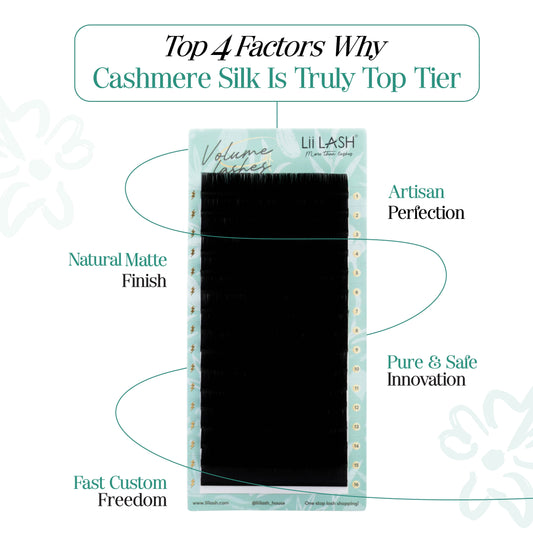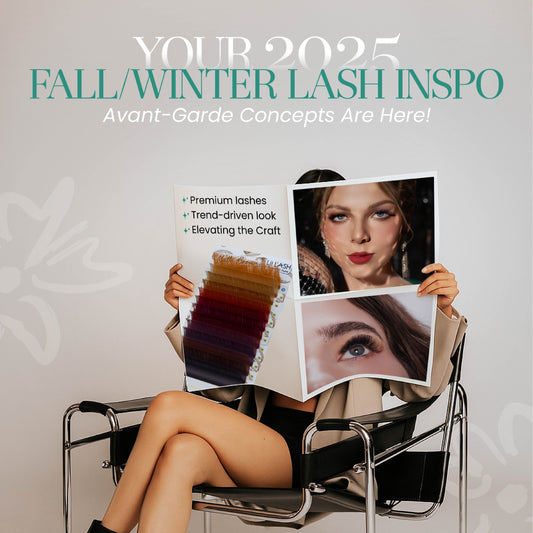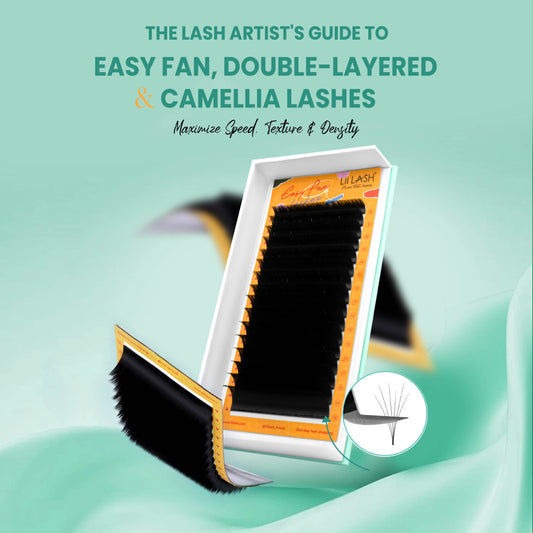Things You Don't Know about Cyanoacrylate - Eyelash Glue Ingredients
When it comes to choosing the right lash glue for your clients, understanding the different types of cyanoacrylate is crucial. You know Cyanoacrylate is the main ingredient in lash extension glue and is responsible for creating a strong bond between the natural lash and the extension. But did you know that not all cyanoacrylate is created equal? So, what's the difference?
What is Cyanoacrylate?
Cyanoacrylates, commonly referred to as instant adhesives, superglues, or Krazy Glue, are fast-acting adhesives utilized for creating strong bonds between surfaces. Upon application, they bond rapidly and solidify into a plastic state once dried or cured. Cyanoacrylate adhesives harden upon exposure to moisture, like the humidity in the air or natural oils on our skin. That's why they are the main ingredient in lash adhesives as this fast curing process enables extensions to securely and swiftly bond to our natural lash.

Different types of Cyanoacrylate
There are six main types of cyanoacrylate: Ethyl Cyanoacrylate, Methyl Cyanoacrylate, Butyl Cyanoacrylate, Alkoxy cyanoacrylate, Methoxy Cyanoacrylate, Octyl-cyanoacrylate. Each type has its unique properties that make it suitable for different situations. But in this blog, we'll discuss the three main types of cyanoacrylate for lash glue, which are Ethyl, Methyl, and Alkoxy cyanoacrylate.
Ethyl Cyanoacrylate
Ethyl cyanoacrylate is the most common type of cyanoacrylate used in lash adhesives. It has the fastest drying time and creates a strong bond. It also has lowest fume level which can be used widely without causing irritation to most people.
These grades work really well with plastics, the primary material of lash extensions, and they age and strengthen nicely. Ethyl cyanoacrylate has seen constant improvements in performance over the last few years. It's become more resistant to temperature changes and allows for the creation of increasingly flexible adhesive layers during the polymerization process.
That's why it's the top choice when it comes to lash glue, which you often see in cosmetic applications like lash extensions and nail glue. Ethyl ester-based Cyanoacrylate adhesive is the most commonly used type.
Methyl Cyanoacrylate
Methyl 2-Cyanoacrylate, often known as "Super Glue," is a clear liquid with a strong fume and odor commonly used in adhesives and dentistry. Once the most used, Methyl is the first Cyanoacrylate Adhesive ever produced. Today the importance of this type is constantly decreasing, due to it not reaching the same performance as Ethyl esters.
And another important thing to mention about Methyl is that it's listed as a hazardous substance due to its potential health risks, as recognized by ACGIH and NIOSH.
Breathing it in or skin contact can lead to irritation, burning, and potential allergies. This substance may cause coughing, wheezing, and skin rash if exposed, and repeated exposure might trigger asthma-like symptoms such as shortness of breath and chest tightness.
Methyl 2-Cyanoacrylate is now widely utilized in both industrial and consumer applications, particularly for bonding plastics and rubber. Ethyl esters are by far more important and give the user a better overall performance spectrum.
Alkoxy cyanoacrylate
Alkoxyesters, often described as odorless, are known for their user-friendly nature, making them a preferred choice for those with sensitive eyes and skin, including in lash extension glue as a safer alternative to ethyl.
However, while they are gentle on the skin, their bonding strength may not match that of ethyl, and they typically require longer setting times. Despite this, they can still achieve great bonding results. It's worth noting that adhesives containing Alkoxyesters tend to be much more expensive than those with Ethyl due to the higher costs associated with raw materials and manufacturing processes.
Other types
In addition to the three main types of cyanoacrylate, there are three others worth noting:
1. Methoxy Cyanoacrylate: Typically used for general purposes, this type finds its place in various industrial and consumer applications for fast bonding of materials.
2. Octyl-cyanoacrylate: Often utilized by surgeons for medical adhesives, this type produces fewer fumes and less residue. Although not as readily available and resistant as ethyl- or methyl cyanoacrylate, it's preferred for medical applications due to its flexibility and longer curing time, commonly used in wound closure.
3. Butyl Cyanoacrylate: Known for its flexibility and hypoallergenic properties, this type is widely used in medical applications such as wound closure and surgical procedures. While it takes longer to dry and doesn't create as strong a bond as ethyl cyanoacrylate, its biocompatibility makes it a valuable choice in the medical field.
Is Cyanoacrylate Toxic?
If glue accidentally dries on your skin, don't panic! It won't cause poisoning; it just may take some time for it to wear off completely. You might notice that your skin or objects become stuck together, but don't worry, it's temporary.
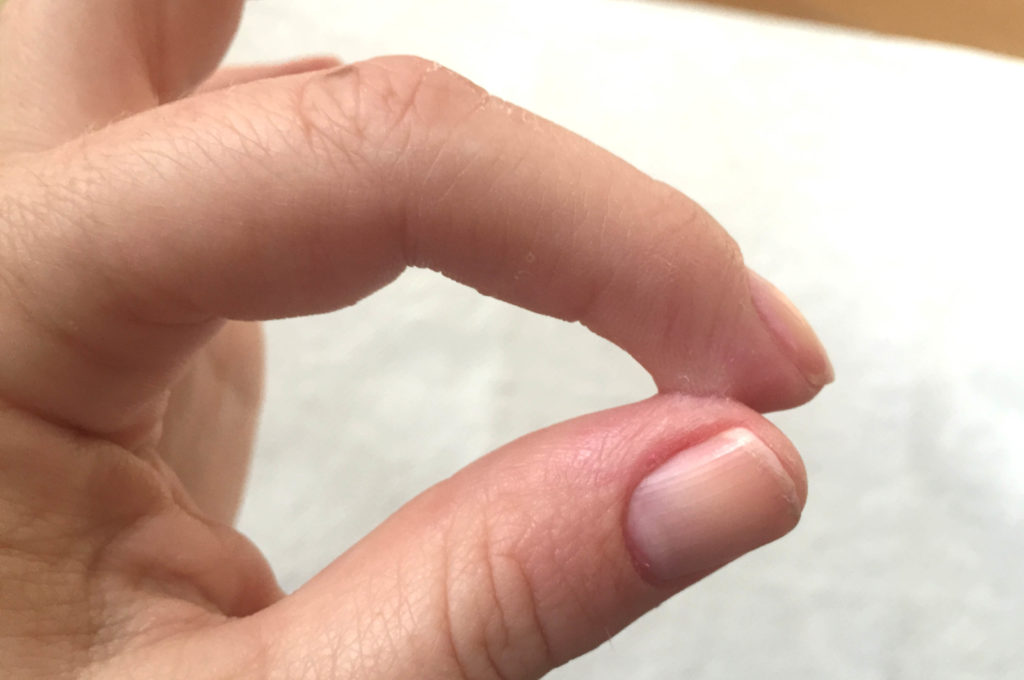
Let's talk about some home treatments you can try if you get glue on your skin.
- If you have dried glue on your skin, you can let it wear off naturally or soak the affected areas in warm water.
- If your skin is stuck together because of glue, soaking the affected body parts in water for a while can help soften the bond and separate the tissue surfaces. This might take a few hours, so be patient.
- Remember not to try pulling the skin apart, as it could lead to bleeding.
- Using mineral oil, vegetable oil, or petroleum jelly can help remove cyanoacrylates from delicate areas of your skin or around your eyes.
- If super glue accidentally gets into eye and eyelids aren't stuck together, rinse it out with lukewarm water.
- But if your eyelids are stuck together, don't try using alcohol, acetone, or any other chemicals near your eye. Instead, apply a warm compress over the eye and seek advice from the Medical Centre for further guidance.
The effects of these fumes are heightened when used in enclosed, poorly ventilated spaces. That's why it's important to set up and organize your lash salon to be well-ventilated and airy.
Criteria for Optimal Bonding
Regardless of which cyanoacrylate you use, it's important to remember that several external factors play a significant role in determining the bonding of your lash set. Be sure to check for these factors to achieve optimal bonding:
Humidity
Cyanoacrylate adhesives polymerize, respectively cure by the catalytic activity between the humidity in the air and the humidity of the adherents. The higher the relative humidity is (e.g. in a room) the faster the product cures. Best atmospheric conditions for good, reliable bonds are between 40 to 70% relative humidity.
If humidity is too low (< 30%) setting time can become very slow; if humidity is too high (>80%) a so-called shock polymerization or shock curing takes place.
This triggers a shrinking process in the adhesive layer, resulting in weaker bond strength and the lash glue turning white, which makes the lash set unattractive. Moreover, the glue becomes extremely brittle, increasing the likelihood of it crumbling.

Temperature
Temperature influences the time of the chemical reaction very much. Generally it can be said that a 10°C hike in temperature results in twice as fast polymerization time. This is equally valid for Cyanoacrylate adhesives. The optimal room temperature for curing of these adhesives is between 20 and 24°C.
The change in viscosity at different temperatures has to be taken into account. The lower the room temperature gets, the higher the viscosity increases and vice versa. This can be of great importance when there are difficult applications.
Viscosity refers to the thickness or flow resistance of a substance like glue. Low viscosity glue flows more easily, aiding in cleaner and neater bonded lash sets. On the other hand, high viscosity glue can lead to problems such as dispensing too much glue, resulting in longer drying times, a slippery texture, or clumping, which ultimately leads to an unsatisfactory lash set.
Clean Surfaces
The condition of the surfaces you're bonding plays a crucial role in the success of your lash sets. Interestingly, when using Cyanoacrylate adhesive, the roughness of the surfaces isn't as critical because these adhesives can achieve strong bonds even on very smooth surfaces. What matters most is that the surfaces are clean.
That's why it's essential to implement the proper prep or pre-treatment process for all your clients before extension application. This process ensures the removal of dirt, makeup residue, and oils from their natural lashes, leading to optimal bonding. To achieve this, we recommend using a combination of primer, accelerator, and lash shampoo.
The pH value of surfaces
Especially in the field of Cyanoacrylate Adhesives, one critical factor to consider is the pH-value. If the surface is acidic, the setting time slows down. Conversely, the set speed increases when the surface is alkaline.
As a lash professional, you might want to speed up your lashing session, so you'd prefer the latter option. However, an alkaline surface can potentially lead to very short chains of polymers and tension, which can cause shock polymerization), potentially causing the parts to fall apart again.negatively affect bonding strength.
That's why it's crucial to aim for a balanced pH (pH=7). Again, this emphasizes the importance of pre-treatment for extension application, as it directly impacts the bonding efficiency of the lash glue.
We recommend you, as a lash artist, to use shampoo with a balanced pH (pH=7). If you're using acidic shampoo (with a pH value <7), it's necessary to use an alkaline primer (with pH >7) to balance the pH value of the surface.
Thickness of Adhesive Layer
There are reasons why you can't simply dip the lash extension randomly. Techniques are required for dipping lash extensions, and it's crucial that the adhesive layer is as thin as possible. Firstly, the setting time is determined by it. The thinner the adhesive layer, the faster polymerization will take place. Additionally, the adhesion strength is better if the layer remains thin.
Considering that a natural lash strand and lash extension are very thin, ranging only 0.02 to 0.3mm, the bond layer should not be greater than 0.2 mm, especially concerning Cyanoacrylate adhesive.
Choosing the Right Cyanoacrylate
When selecting a lash glue, consider the client's sensitivity, the desired drying time, and the strength of the bond needed. It's recommended that you perform a patch test to check your clients' allergies in advance. If they have a reaction to Methyl-based glue, opt for glue with Alkoxy Cyanoacrylate instead.
It's always essential to test different types of cyanoacrylate to find the one that works best for you and your clients. Remember, the key to successful lash extensions is not only in the application but also in the adhesive used.
